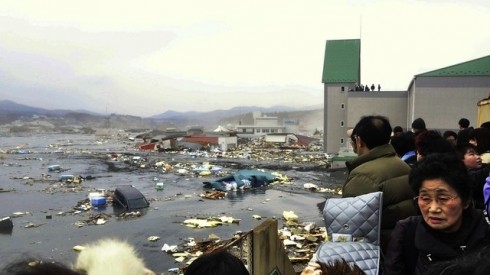Tech Responses to Japan’s Historic Earthquake and Tsunami
By now you’ve probably heard about the historic 8.9 magnitude earthquake that hit off of the coast of Japan and caused a tsunami that swept homes, cars and presumably people up in massive, deadly waves.
Japan is used to earthquakes, but one this big was unsettling even for one of the most earthquake prepared countries in the world. Though Japan has very strict building codes that help minimize the damage caused from falling buildings, the tsunami is a different story. The speed of the water can often outpace any warnings, leaving people in low lying areas minutes to escape fast moving waves – nevermind cars or houses in the path of those waves.
So far the death toll in Japan is in the hundreds, but expected to rise. While it may seem minimal, social media and the internet are playing a role in helping people communicate, and tech companies have stepped up to do what they can. With voice phone lines overwhelmed, and transportation severely hobbled, tweets and data posts on social media sites may actually be one of the few ways people are able to get information to or from loved ones when voice lines are down.
- Yahoo! Japan has a list of earthquake resources
- Google’s People Finder, originally created following the earthquake in Haiti, has been revived for Chile, New Zealand, and now Japan (embedded below)
The story is unfolding over Twitter and YouTube as well, and a second 6.6 magnitude earthquake (not aftershock) is being reported near Nagano, Japan.
Let’s hope that somewhere a tweet or text resource is helping to make a difference.

